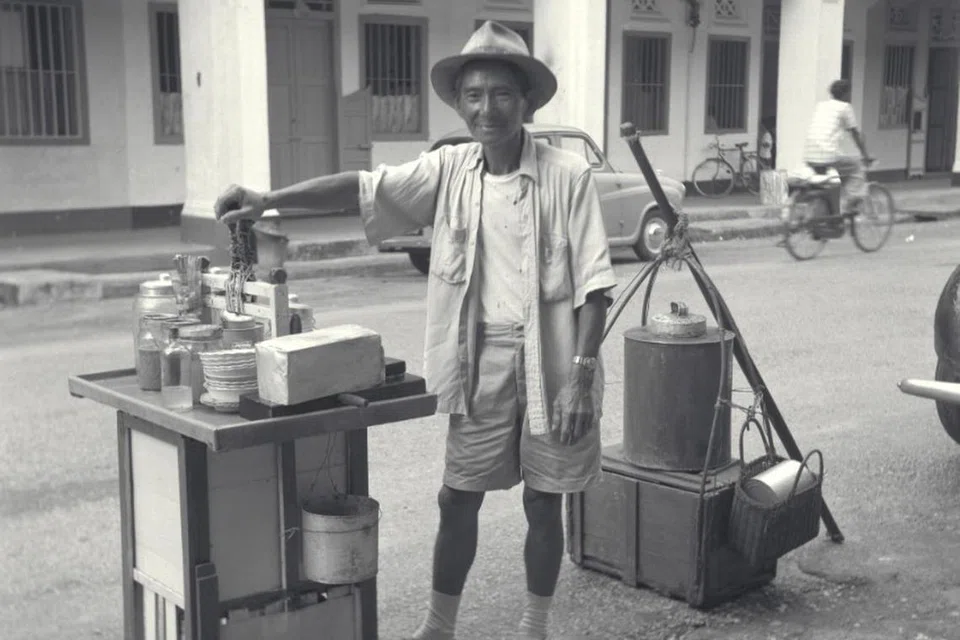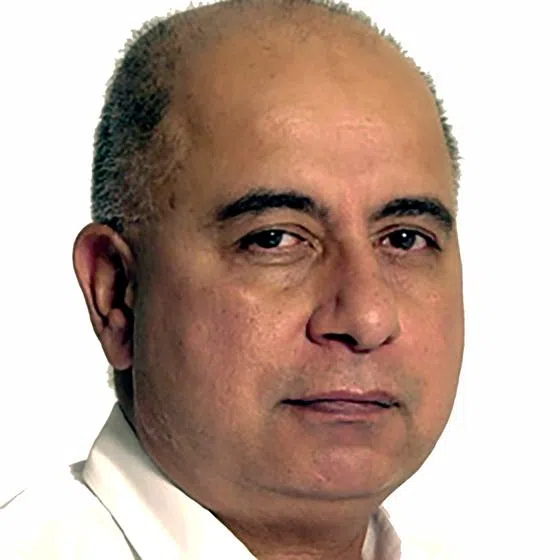There were no food-delivery jockeys rushing on motorcycles in the 1960s and 70s. Hawkers peddling Chinese and Indian fried noodles, oyster omelette, and more, would bring their carts to our doorsteps.
As I lived in a third-storey walk-up apartment in Haig Road, my mother would lower a basket tied to a rope with the money, and a packet of oyster omelette would be pulled up. Transaction completed – with no delivery charge.
She learnt this trick from our neighbours.
Like them, we were spoilt for choice since Singapore’s food culture featured offerings from its diverse communities.
In the morning, there would be a hawker offering putu mayam, which is a South Indian snack of rice flour noodles, steamed and served with sweetened toppings such as grated coconut and palm sugar.
Spice lovers can wait for the nasi lemak uncle. He offers the local favourite consisting of fragrant rice cooked in coconut milk, typically served with fried anchovies, peanuts, cucumber, and a spicy sambal.
Then, there is the carrot cake specialist serving a savoury dish made with cubes of glutinous rice flour and white radish that are fried and then combined with egg and various seasonings like chilli sauce and fish sauce.
In the afternoons, a young Javanese would come offering satay.
The ice-kacang man, who sold syrup-coated ice balls, was especially popular with children during the school holidays.
While some hawkers carried their goods around in baskets attached to a shoulder yoke, others, like the kacang puteh uncle would have his assorted nuts in jars on a tray balanced on his head.
Others used bicycles, tricycles or carts to move around. Motorcycles were rare, as hawkers were not particularly affluent at the time.
Soup noodle carts were usually customised with a small glass cabinet that displayed the ingredients. There was also a pot with separate compartments for the soup and boiling water, over a charcoal stove.
These hawkers would announce their presence by striking bamboo sticks or ringing a bell.
Each featured a unique rhythm, and since they usually followed specific routes, they cultivated regular customers. Some of these hawkers became very familiar.
Most hawkers were male so we would address them as uncles. The milkman however, was referred to as Bhai Susu. Although ‘bhai’ is Hindi for brother, it has become a friendly form of address for a man, while susu is Malay for milk.
Unfortunately, food offered by these itinerant hawkers was often prepared in unhygienic conditions. Starting in 1971, the government relocated these travelling hawkers to hawker centres with proper amenities, providing them with a safe and hygienic place to conduct business.
That laid the foundation of Singapore’s hawker culture, which was officially added to the UNESCO Representative List of the Intangible Cultural Heritage of Humanity in 2020.
Of the travelling hawkers, only the ice-cream man has been spared. He still visits neighbourhoods on his motorcycle and sidecar.
The ringing of his bell brings back some fond memories.


